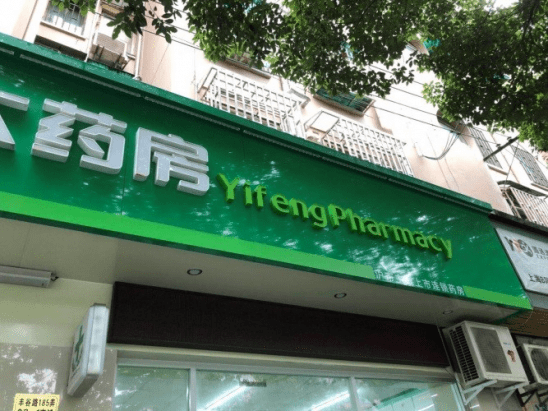In a recent trip to China, one thing that stood out most to me was how much better the healthcare system has become in recent years. I was born and raised in China and a decade ago I remember queueing for hours in the public hospitals, only to be given generic western drugs or traditional Chinese medicine. The efficacy of some of these remedies might be dubious at best, but then it was not necessarily in the doctor’s interest to cure their patients too quickly, since they would prefer you to come back and buy more (premium priced) drugs over and over again. In fact, it was well known that bribery was the lubricant that kept China’s public hospitals running and the healthcare system would struggle to function without dubious payments to poorly paid doctors. That is all changing, however, with better medical insurance coverage and more and more prescription drugs being sold at much cheaper pricing, increasingly in retail pharmacies, not hospitals.
China’s medical insurance now covers 95% of the Chinese population and healthcare expenditure has risen almost five-fold in the decade to 2016. There is genuine demand on the ground for better medication and better service. China’s pharmaceutical sales in 2017 reached RMB 1.6tn ($250bn, versus $450bn in the US today), with retail sales accounting for 23% of these against a figure of 70% in the US. The retail pharmacy industry is still fragmented with the top 3 chains accounting for 7% of revenues in China vs. 80% in the US.
Government policies have been favourable to the industry too: the approval of innovative drugs and high quality generic drugs are both accelerating. As a result, most pharmaceutical companies, including Sino Biopharm and Luye Pharma, which I met, have impressive pipelines of drugs coming to the market in the next few years. The Chinese government has also prohibited the online sale of prescription medicines which shields the retailers from disruption by ecommerce, at least for the time being.
A meeting with A-share listed Yifeng Pharmacy revealed one of the leading players in the retail pharmacy industry. With over 2,300 stores, they are expanding the store count rapidly, both organically and through M&A, and in the first quarter alone added 269 stores. Management has indicated revenue growth is supported by both increasing basket size and the rollout of medical insurance enabled stores. These allow customers to have the cost of their prescriptions paid for directly by their medical insurance.
As Chinese people are becoming more health conscious and increasingly finding information online, they have a better idea of what they should get for common illnesses. An innate reliance on turning up at the hospital door is declining, especially since a pharmacist is always present in those medical insurance enabled stores. A look round one of Yifeng’s stores in Shanghai revealed a clean format, clearly divided between OTC, prescriptions and non-pharmaceutical products. There is good variety on the shelves and plenty of hovering sales people available to give advice on a combination of medicine, nutritional supplements and traditional Chinese medicine that might help with the symptoms.
Healthcare reform still has a long way to go in China, but the retail pharmacy chains seem to be among the clearest beneficiaries of the favourable policies which are changing the industry. Of course, successful drug companies benefit from these policies too, but approval risk on the pipeline usually implies a higher volatility of earnings.




Please click here for the pdf version
This document has been issued by Aubrey Capital Management Limited which is authorised and regulated in the UK by the Financial Conduct Authority and is registered as an Investment Adviser with the US Securities & Exchange Commission. You should be aware that the regulatory regime applicable in the UK may well be different in your home jurisdiction. This document has been prepared solely for the intended recipient for information purposes and is not a solicitation, or an offer to buy or sell any security. The information on which the document is based has been obtained from sources that we believe to be reliable, and in good faith, but we have not independently verified such information and no representation or warranty, express or implied, is made as to their accuracy. All expressions of opinion are subject to change without notice. Any comments expressed in this presentation should not be taken as a recommendation or advice. Please note that the prices of shares and the income from them can fall as well as rise and you may not get back the amount originally invested. This can be as a result of market movements and of variations in the exchange rates between currencies. Past performance is not a guide to future returns and may not be repeated. Aubrey Capital Management Limited accepts no liability or responsibility whatsoever for any consequential loss of any kind arising out of the use of this document or any part of its contents. This document does not in any way constitute investment advice or an offer or invitation to deal in securities. Recipients should always seek the advice of a qualified investment professional before making any investment decisions.
